Valley of the Kings | Ankh | Nestled in the cliffs on the west bank of the Nile at Luxor, the isolated Valley of the Kings is home to the tombs of the great pharaohs of the New Kingdom (1550 – 1070...
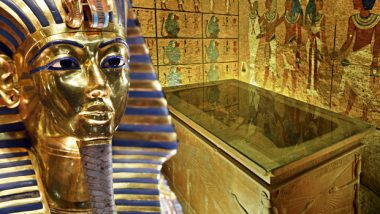
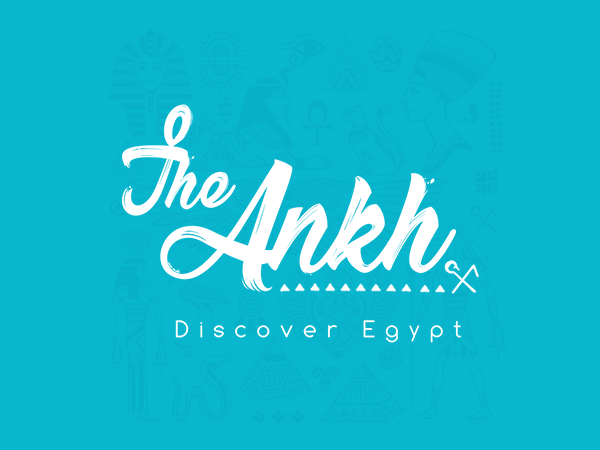
The Ankh ☥ is one of the most recognizable symbols from ancient Egypt, known as the key of life. The Ankh symbol ☥ is an Egyptian hieroglyph for life" or breath of life.
As the Egyptians believed that one's earthly journey was only part of an eternal life, The Ankh symbolizes both mortal existence and the afterlife.
Ankh is one of the most ancient symbols of Egypt, often seen with the died and was symbols, carried by a multitude of the Egyptian gods in tomb paintings and inscriptions and worn by Egyptians as an amulet.
That's why we choose Ankh symbol to discover Egypt again together. TheAnkh.net is your key of travelling and tourism in Egypt.

Valley of the Kings | Ankh | Nestled in the cliffs on the west bank of the Nile at Luxor, the isolated Valley of the Kings is home to the tombs of the great pharaohs of the New Kingdom (1550 – 1070...
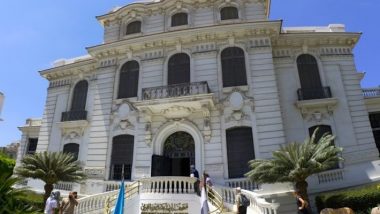
Alexandria National Museum | Ankh | Alexandria, the second largest metropolis in Egypt and the seat of the Hellenic Empire is famous for its share of Museums. The Museums has added charm to the...
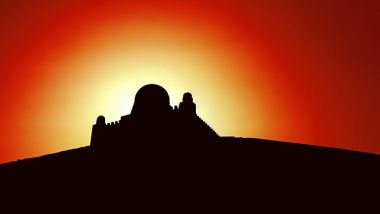
Tombs of the Nobles | Ankh | Cut into the high cliffs across the river from the modern city of Aswan lies Aswan Tombs of the Nobles and Qubbet el-Hawa, the site of the elite pharaonic cemetery...

Tourist Attractions In Aswan | Ankh | Aswan, Egypt’s sunniest southern city and ancient frontier town, has a distinctively African atmosphere. Small enough to walk’ around and graced with...
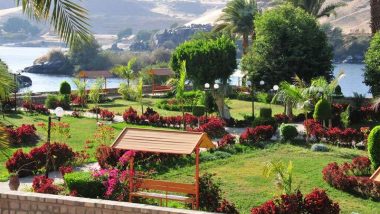
Kitchener’s Island | Ankh | Kitchener’s Island is one of two major islands on the Nile in vicinity of Aswan, the other one being Elephantine. It is officially known as Island of Plants...